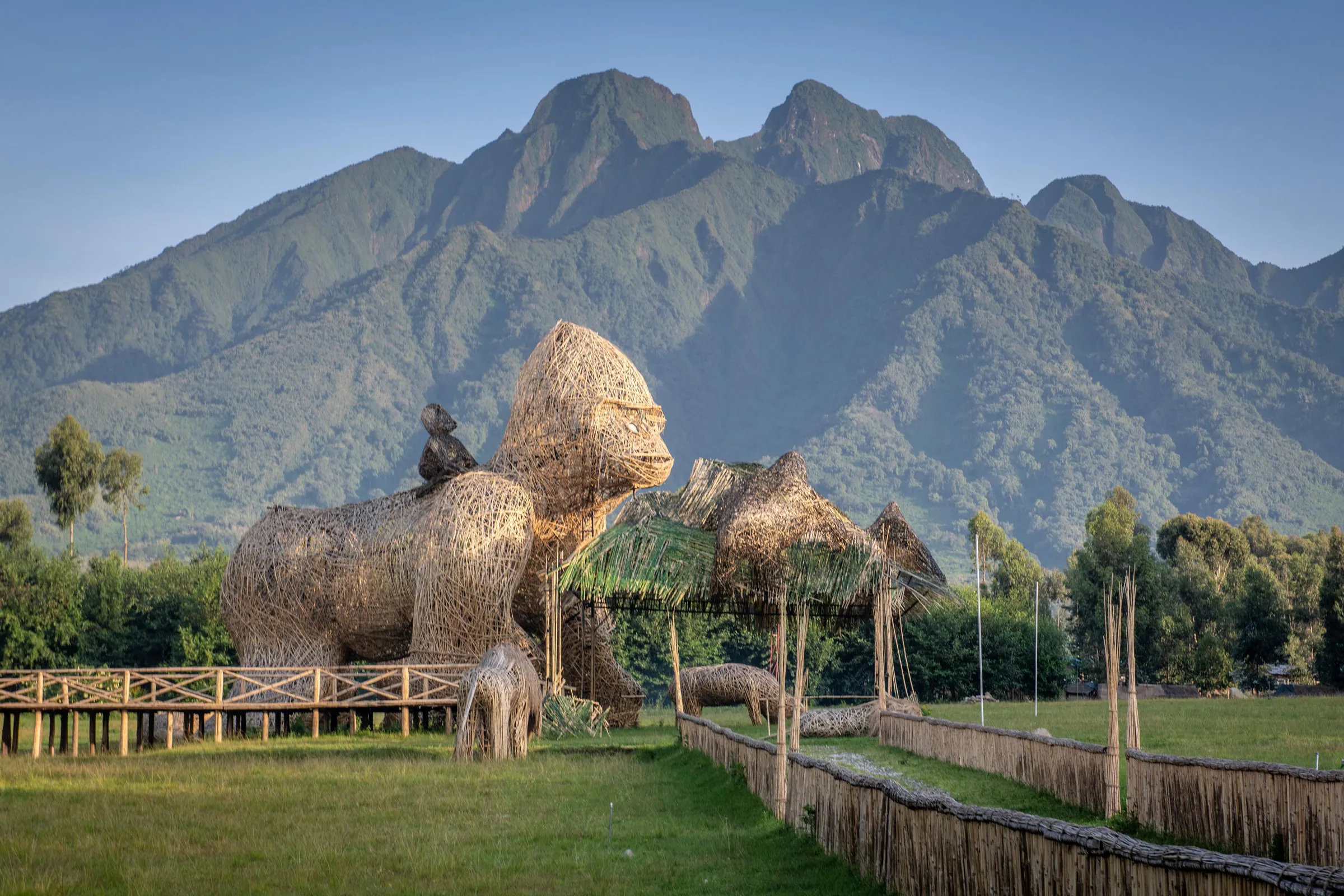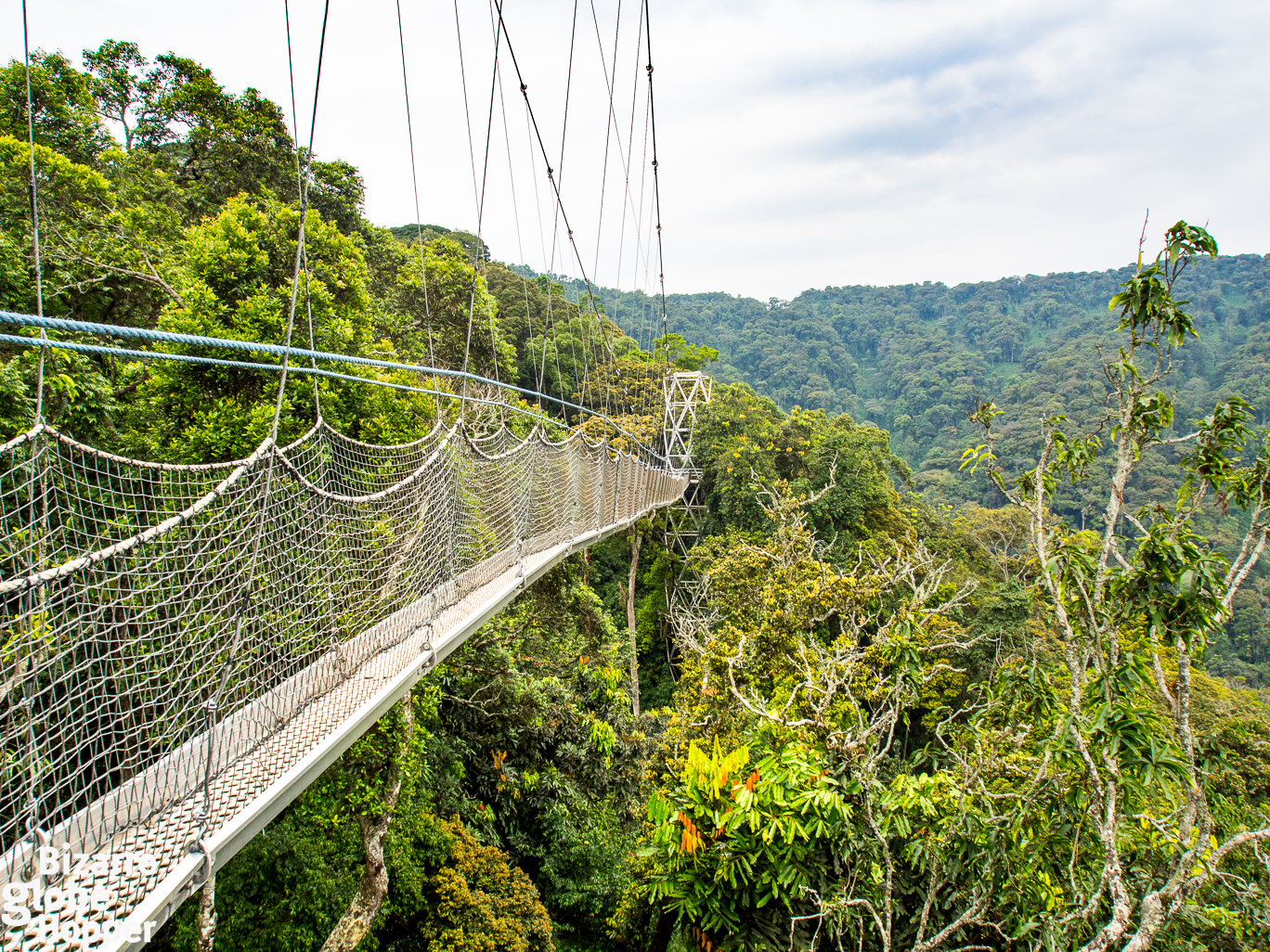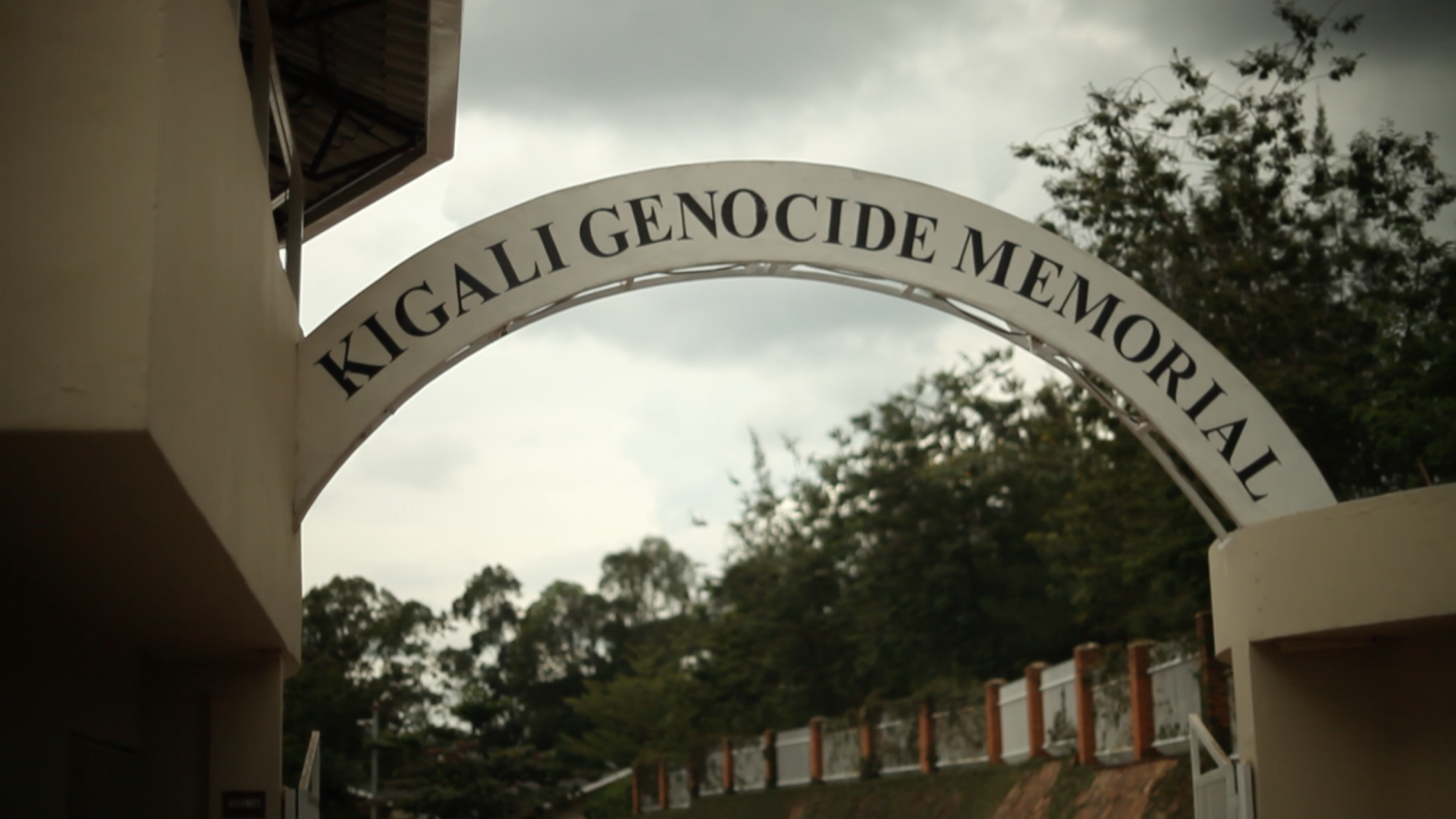
Tourism in Rwanda: Overview
April 2, 2025
Nyungwe National Park
April 2, 2025The Kigali Genocide Memorial: A Place of Remembrance and Reflection
The Kigali Genocide Memorial is one of the most significant and poignant sites in Rwanda. Situated in the heart of Kigali, it stands as a solemn reminder of the 1994 genocide against the Tutsi people and the resilience of Rwanda as a nation. The memorial is not only a tribute to the victims but also a place for healing, education, and reflection on the horrors of ethnic violence. It is a must-visit for anyone seeking to understand the full impact of the genocide and Rwanda’s remarkable journey of recovery and reconciliation.
1. Historical Context
The 1994 Rwandan Genocide is one of the most tragic and devastating events in modern history. Over the course of approximately 100 days (from April to July 1994), an estimated 800,000 to 1 million Tutsi men, women, and children, as well as moderate Hutus, were brutally murdered by extremist Hutu forces. The genocide was the result of longstanding ethnic tensions between the Hutu and Tutsi communities, exacerbated by political and social instability. The international community’s failure to intervene during the genocide remains a source of deep reflection.
The Kigali Genocide Memorial was established in 2004 as a way to honor the victims, educate future generations, and ensure that such atrocities never occur again.
2. Overview of the Memorial
The Kigali Genocide Memorial is located in the Gisozi neighborhood of Kigali, a peaceful area that has become a center for remembrance. The memorial itself covers an area of about 2.5 hectares (approximately 6 acres) and includes several key components: the Genocide Museum, mass graves, and educational facilities.
The entire space is designed to facilitate reflection and learning, ensuring visitors leave with a deeper understanding of the tragedy while honoring the victims and survivors.
3. The Memorial’s Main Components
The Genocide Museum
The Genocide Museum is the heart of the Kigali Genocide Memorial. It offers an in-depth, multimedia exhibition that chronicles the events leading up to the genocide, the atrocities that occurred, and the aftermath. The museum’s exhibits are powerful, moving, and educational, and they provide both personal and historical perspectives on the tragedy.
The museum is divided into several sections:
– Historical Context and the Lead-Up to the Genocide: The first section of the museum explains the history of Rwanda, the socio-political landscape, and the tensions that developed between the Hutu and Tutsi populations. It explores colonialism’s impact on ethnic divisions and the political manipulation that fueled hatred.
– The Genocide Itself: This section provides detailed accounts of the violence that took place during the genocide. It contains photographs, personal stories, and videos that reveal the brutality of the killings, the methods of violence, and the experiences of the victims. There are also exhibits focusing on the roles of local communities, politicians, and the international community.
– The International Response: One of the most significant aspects of the memorial is its examination of the international community’s failure to intervene. It provides an honest assessment of how the United Nations, various governments, and the international community at large largely failed to prevent or stop the genocide.
– Survivor Testimonies and Personal Stories: The museum gives a voice to survivors of the genocide through personal accounts and testimonies. These narratives are deeply emotional and often include accounts of families torn apart, loss, and survival against unimaginable odds. Survivors’ voices also reflect themes of forgiveness, resilience, and the long-term psychological impacts of the genocide.
– Post-Genocide Recovery and Healing: The final sections of the museum focus on Rwanda’s journey toward recovery. It covers the role of the government, international aid, and local communities in rebuilding the country after the genocide. This includes the process of Gacaca courts (traditional community-based justice), efforts in national reconciliation, and Rwanda’s transformation into a peaceful and thriving nation.
Mass Graves
A central feature of the Kigali Genocide Memorial is the mass graves, where over 250,000 genocide victims are buried. These mass graves hold the remains of men, women, and children who were killed during the genocide and whose bodies were either discovered after the violence or were recovered from other locations. Visitors can walk past these graves and pay their respects in a quiet, somber environment. The graves are marked with memorial stones, and there are plaques that provide details about the victims and their stories.
The memorial serves as a site of mourning and remembrance for the countless families who lost their loved ones in the genocide. It is a powerful reminder of the scale of the tragedy and the many lives cut short.
The Garden of Reflection
Surrounding the Kigali Genocide Memorial is a beautifully landscaped Garden of Reflection, designed as a place for contemplation and peace. Visitors can walk through the garden, reflecting on the events they’ve learned about in the museum, or simply take a moment to meditate on the significance of the memorial. The garden’s tranquility provides a contrast to the harrowing nature of the exhibits, offering a space for visitors to process their emotions and thoughts.
4. The Memorial’s Educational Mission
The Kigali Genocide Memorial is committed to educating both Rwandans and international visitors about the events of 1994. The goal is to ensure that future generations understand the history of the genocide and the dangers of hate, intolerance, and division. It is also a key component of Rwanda’s efforts to promote national healing and reconciliation.
The museum regularly hosts educational programs and outreach activities, including:
– School Visits: The memorial is an important site for Rwandan students to learn about their country’s history and the genocide. Many schools organize educational trips, where students can take part in guided tours and discussions led by museum staff.
– Workshops and Seminars: The memorial organizes workshops for both Rwandans and international visitors to discuss themes of justice, reconciliation, and preventing future atrocities. These workshops often feature guest speakers, survivors, and experts on post-conflict resolution.
– International Partnerships: The Kigali Genocide Memorial collaborates with various organizations, governments, and educational institutions worldwide to ensure that the story of the genocide is shared with as many people as possible. It often hosts international students and researchers who are interested in genocide studies, peacebuilding, and human rights.
5. Visitor Experience
Visiting the Kigali Genocide Memorial is an emotionally intense and thought-provoking experience. Visitors are encouraged to approach the exhibits with respect, as the site is a place of mourning for many Rwandans. The memorial is open to the public every day of the year, with guided tours available in English, French, and Kinyarwanda. The staff at the memorial are trained to provide sensitive, informed guidance, ensuring that visitors have a respectful and educational experience.
The memorial also has a small shop where visitors can purchase books, documentaries, and other materials related to the genocide. All proceeds go toward supporting the memorial’s educational programs and preservation efforts.
6. Visiting Hours and Entry Fee
– Opening Hours: The memorial is typically open every day from 8:00 AM to 5:00 PM.
– Entry Fee: There is a small entry fee for visitors, with discounted rates available for students and groups. The fee helps to sustain the memorial’s operations and educational activities. The Kigali Genocide Memorial stands as a poignant tribute to the lives lost during one of humanity’s darkest chapters. It serves as a powerful tool for education, remembrance, and reconciliation. The memorial is not only about the tragic events of the past but also about how Rwanda, as a nation, has risen from the ashes of genocide to become an example of unity, progress, and healing. Visiting the Kigali Genocide Memorial is an essential part of understanding Rwanda’s journey and ensuring that the lessons of the past are never forgotten





1 Comment
[…] Is It Possible to Do Gorilla Trekking from Ireland in Uganda Via Kigali Rwanda? […]